Sunday E-dition: Talahalusi and the First Impressions of Napa Valley’s Wild Beauty
By Rebecca Yerger
NAPA VALLEY, Calif. — Since the beginning of human habitation of Napa Valley, the natural beauty of this locale has captivated and even mesmerized local residents and visitors. Over the millennia some of these individuals have written about their impressions. Some, however, shared their thoughts orally. The First People, or local Native Americans, expressed their awe and reverence for Napa Valley’s natural attributes by naming it “Talahalusi” which translates to “beautiful land.” They also handed down their memories of a pristine Napa Valley through their oral history. Jim Big Bear King, a Native American and Suscol Council elder, shared some of those recollections as told to him by his elders: “It was a paradise — a cultivated paradise where one only had to reach out their hands to eat. A place rich in beauty, water and food.”
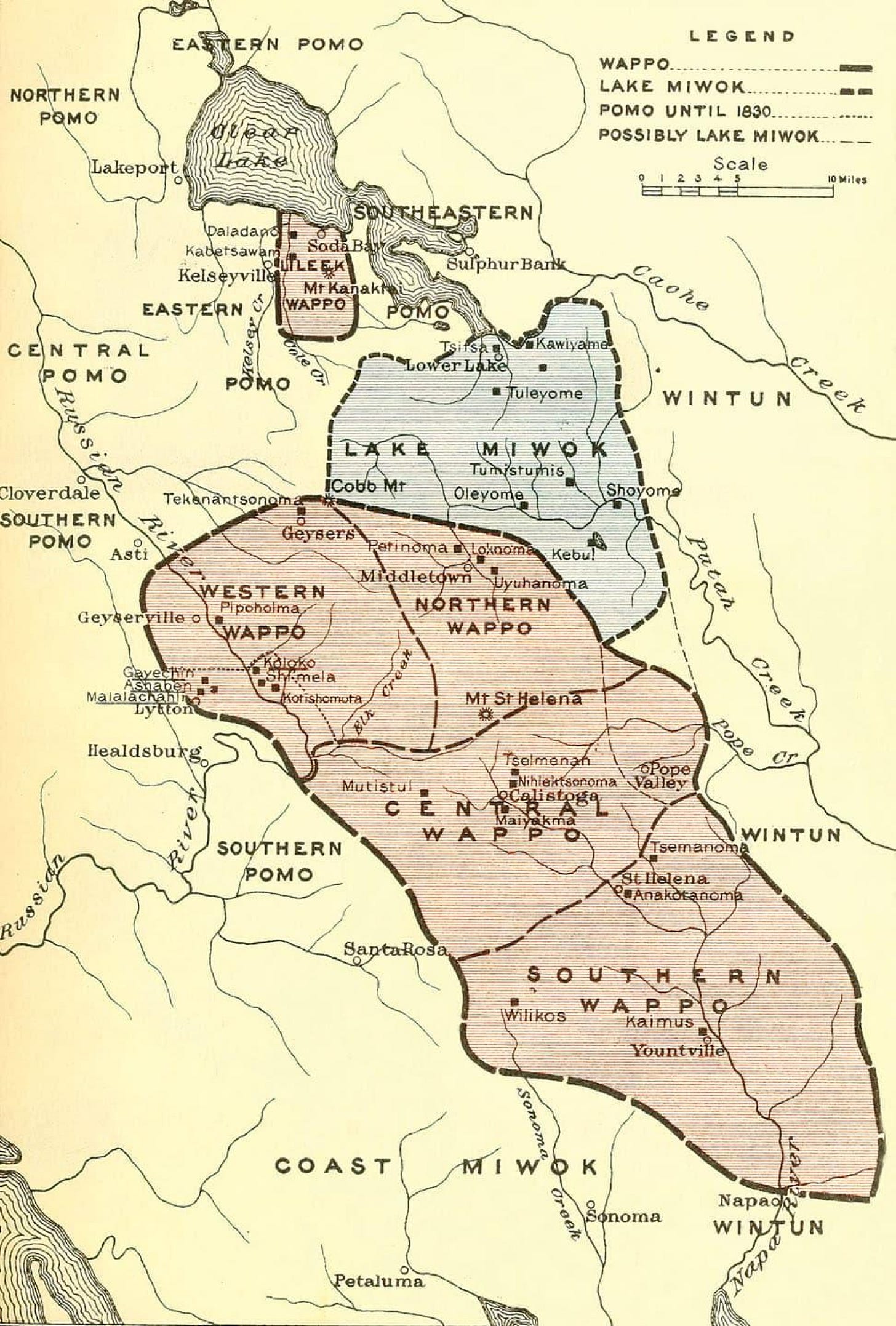
The beauty of Napa Valley also captured the attention of the early pioneer settlers, including John Cyrus. He arrived here in the 1840s with his parents and siblings when he was a teenager. He recounted his first impression of Napa Valley in a letter he later wrote to his children. Eventually his youngest child, Elizabeth Cyrus Wright, created a compilation of his earliest memories of Napa County, including the letter in which he wrote: “It lay fresh from the hand of God, like a great unfenced park.” He went on to say, “The hillsides, unscarred by scratches of road grades or square clearings for vineyards and orchards, wore their full dress of trees down to the floor of the valley. There were groups of noble oaks scattered across the valley lands, no cut down trees, no stumps save those trees that had died honorably of old age. Flowers everywhere in the Spring. And berries in the Fall.”
He continued, “On the floor of the valley the native grasses, clover, wild oats and flowers grew shoulder high. This was high enough to furnish not only food but a hiding place for the herds of deer and elk that ranged the open spaces.”
Cyrus’ letter to his children also detailed other fauna of Napa Valley at length. He wrote of the substantial populations of bears and panthers as well as numerous species of smaller mammals, birds and fish.
About a decade later, 1859, another long letter extolled the virtues of Napa Valley. It was written by a Mrs. Ely to a friend still living in Ely’s former place of residency, Long Bar, California, in the Grass Valley area. Ely described St. Helena and its environs in glowing terms. She began, “We could hardly be more pleasantly situated than in St. Helena. For beauty of natural scenery, healthful climate, plain, honest, pleasant, western folks, advantages commercial, political, social and religion. I am sure it cannot be excelled in this state by any inland town.”
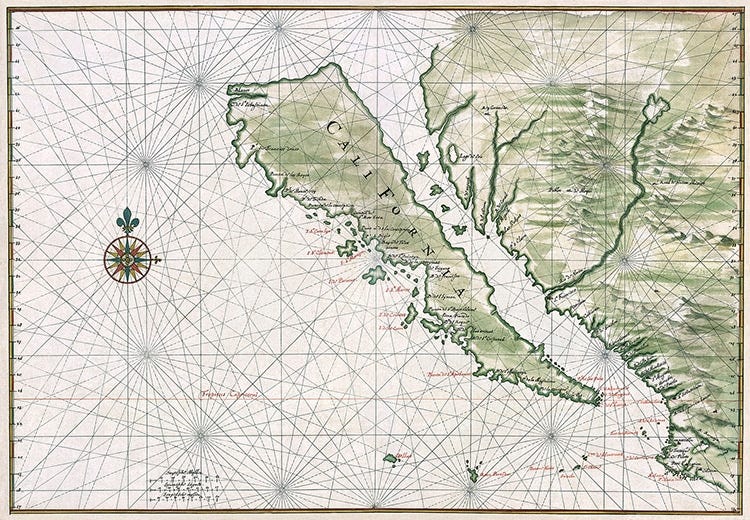
She also wrote about the weather, “… such days and nights for beauty and pleasantness I have seldom enjoyed.” Of her new abode, it was “beautifully shaded by eight to ten oaks … handsomely and gracefully ornamented with the flowing festoons of moss.” Ely also mentioned her yard was “covered thickly with grass.”
Ely continued, “Then last, but not least, are all the directions for walks and rambles. Level, grassy, shady, quiet and dreamy, if you wish it, but if you’ve a whim for the picturesque, grand and surpassing beautiful, you have only to continue your walk a mile, clamber up a mountain steep, and there, sleeping in the hazy sunlight lies a valley as beautiful as Switzerland, with all her fame, ever dreamed of. Whilst beyond rises another range of peaks, rising higher and higher until their summits kiss the floating clouds, or lie buried in a vapor as if hiding their beauty in the soft folds of a bridal veil.”
These are only a few paragraphs from Ely’s well-crafted letter regarding St. Helena and its scenic surroundings. Natural beauty has always been the muse of that has prompted writers and poets, whether they be gifted, educated, polished or otherwise, to put pen to paper. One such poem singing the praises of the natural attributes of Napa Valley was written by a M.S. Beers.
His prose was quoted in the Palmer, Napa and Lake counties history book published in 1881. Titled “Napa Valley,” Beers wrote, “I spied a beautiful valley, all nestled cozily down in the laps of some grand old mountains, that were flecked in green and brown. It was a wondrous vision, which comes in our purest hours, of the garden made in Eden, all filled with fruits and flowers. And trees that were green forever. With a river rippling through, that waters the beautiful valley. And its blossoms in every hue. ’Twas a land enriched with vintage, flowing with honey and wine. A valley like that of Hermon, with its dews and golden sunshine.”
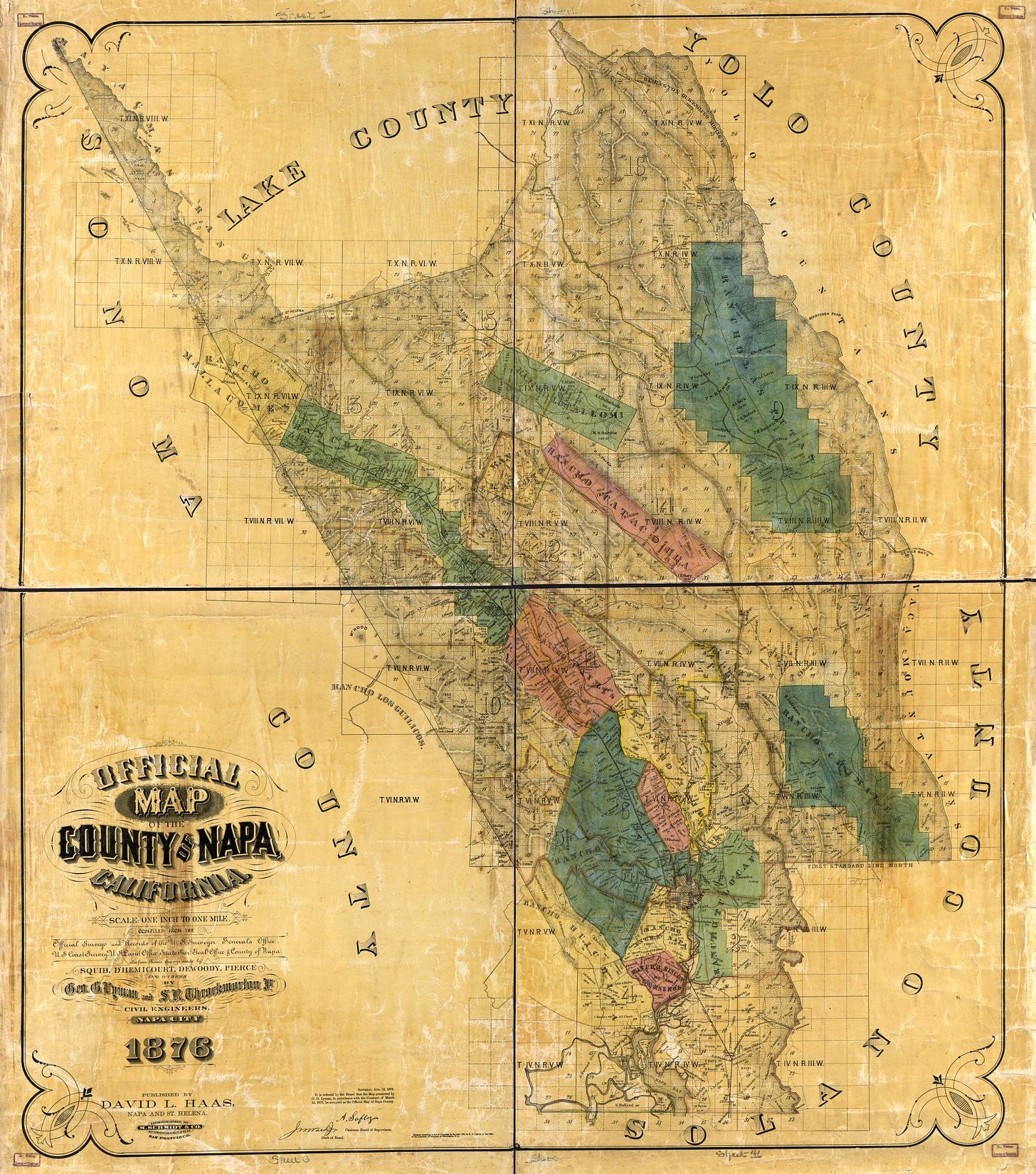
The final testament to the virtues of Napa Valley is a portion of the lengthy and academic description of this locale written by Willis Linn Jepson. This highly respected University of California, Berkeley, professor and botany expert wrote of the region’s beauty in 1912.
“The interest and charm of the valley rest primarily upon the topographic features of the mountains and valley,” he wrote, “but these would be nothing without the native vegetation which gives life and color to a region that would otherwise be dead and barren.” So greatly impressed by the area’s beauty, Jepson added, “And so it is that all the valleys in the coastal ranges, Napa Valley is the one most lovely in quiet beauty. Most varied and changing in outlook, and most pleasing in its greens of woodlands and purples of mountain chaparral.”
For numerous pages, Jepson describes every native plant in Napa County in great detail. Near the close of his report Jepson twice betrays his scientific oath of being objective by revealing his own personal biases: “Fancy stirs within me the memory of a radiant springtime when for four glorious weeks I botanized the whole county.” He also confessed, “And when bound by work-a-day tasks my fancy still runs errantly away to Napa’s open fields, its wooded foothills and its high-laying chaparral slopes.”
Although Napa Valley has changed substantially since the mid-1800s to early1900s, it still possesses an unsurpassed natural beauty. It only takes a brief pause from life’s busy-ness to realize Napa Valley continues to be an awe-inspiring sight.
—
Rebecca Yerger is a local historian, historic preservation consultant, writer and Napa Valley native.
Poems of the Day
Song of the Sky Loom
Attributed to the Tewa people of the Pueblo Nations, oral tradition
O our Mother the Earth,
O our Father the Sky,
Your children are we, and with tired backs
We bring you the gifts you love.
Then weave for us a garment of brightness;
May the warp be the white light of morning.
May the weft be the red light of evening,
May the fringes be the falling rain,
May the border be the standing rainbow.
Thus weave for us a garment of brightness,
That we may walk fittingly where birds sing,
That we may walk fittingly where grass is green,
O our Mother the Earth,
O our Father the Sky.
About this poem: “Song of the Sky Loom” is a traditional prayer attributed to the Tewa people, one of several Pueblo Nations whose communities have lived for centuries in what is now New Mexico. The poem is part of a larger oral tradition that blends daily life, spirituality and deep ecological knowledge. Prayers like this were spoken or chanted during ceremonies, often at sunrise, planting or weaving rituals — moments that honored the relationship between people and the natural world.
The imagery in this piece — light as warp and weft, rain as fringe, a rainbow as border — reflects the Tewa worldview that sees the Earth and Sky not as resources but as living relatives. The request for a “garment of brightness” is both literal and symbolic, asking to live in harmony with the world while moving through it with humility and care.
Though the exact origin date of this poem is unknown, it was first widely shared outside Indigenous circles in the early 20th century and has since appeared in public collections of Native American verse. It remains one of the most widely cited expressions of Indigenous cosmology in North America.
Are you a poet, or do you have a favorite piece of verse you'd like to share? Napa Valley Features invites you to submit your poems for consideration in this series. Email your submissions to napavalleyfeatures@gmail.com with the subject line: "Poem of the Day Submission." Selected poets will receive a one-year paid subscription to Napa Valley Features (a $60 value). We can’t wait to hear from you.
Today’s Caption Contest
Pick your favorite caption or add your own in the comments below.
Possible Captions:
“Does that thing show where we lost control of the narrative?”
“I’m here for freedom, but at this point, I’d settle for a decent bagel.”
“Well, this parchment updates once every hundred years.”
“I’m looking for purpose and meaning. Or failing that, a restroom.”
“Oh Oracle, what’s a ‘microdose’?”
Last week’s contest results
In “Sunday E-dition: What Flowers Remember” the winning caption was, “Photosynthesis is easy. Vulnerability? That took root work,” with 35% of the votes.
“They clipped me back — but I came back blooming.”
"This isn’t just about pollination — it’s about validation."
"I lost three petals before I found my center."
“Sometimes you have to be repotted to thrive.”
“Photosynthesis is easy. Vulnerability? That took root work.”
Last Week
Tim Carl shared “Honoring the Fallen: A Memorial Day Journey Through Napa Valley,” capturing the quiet reverence of local volunteers placing thousands of American flags at Yountville’s Veterans Home Cemetery. Scouts, families, athletes and veterans gathered without fanfare to commemorate fallen service members ahead of the official Memorial Day ceremony. World War II veteran Robert Heiss, 102, also contributed by assembling floral arrangements and reflecting on his decades at the home. Organizers emphasized the importance of community connection and remembrance. The event concluded with plans to respectfully remove the flags, reinforcing a full-circle tribute to those who served.
Anne Ernst and Tim Carl recapped BottleRock 2025 in “BottleRock 2025: Music, Mood & Many Takes,” offering a nuanced view of the three-day music festival. Headliners Green Day, Justin Timberlake and Noah Kahan drew large crowds, with younger attendees more prominent than in past years. While some performances impressed, others fell short, and the absence of Flo Rida left fans disappointed. Local food vendors earned praise, but downtown businesses reported mixed economic results. They also noted ongoing concerns over parking and community disruption, raising questions about the festival’s true impact on Napa.
Rebecca Yerger detailed the life and work of 19th-century botanical painter Sophie Alstrom Mitchell in "What Flowers Remember." The Napa Valley Museum is currently exhibiting Mitchell’s watercolors, which depict 150 species of indigenous wildflowers, using a meticulous technique that gives a three-dimensional effect. Born in Sweden and raised in Napa Valley, Mitchell developed her artistic skills at the Young Ladies Seminary and later taught art in the region. Her work, once acclaimed and later forgotten, was rediscovered in a New England attic in 1976 and eventually returned to Napa in 1982. The exhibit highlights her contributions to art, botany and local heritage.
Tim Carl reported on the debut of KALM Cellars and the return of community-focused programming to the Calistoga Fairgrounds in “Under the Hood: Calistoga Fairgrounds Ag Day Highlights Both Bright Spots and Growing Pains.” Launched by Calistoga locals Lindsay and Kenny Strauss, KALM Cellars poured its first two wines at the event, earning silver and gold medals. The fair, held to meet a state mandate, featured wine judging, family activities and agricultural displays. Though attendance topped 500, attendees noted issues with signage, logistics and music content. City organizers plan to expand the event and increase community involvement in future years.
Kathleen Scavone explored the seasonal beauty and recent expansion of Moore Creek Park in “More of Moore Creek Park.” Following a winter of heavy rains, Scavone hiked the 4.3-mile Valentine Vista Trail, highlighting the park’s wildflowers, diverse tree canopy and abundant wildlife. She described geological features and sightings of native species including pipevine swallowtail butterflies, lizards and birds. The park, now expanded by 520 acres through grant funding and in partnership with the Land Trust of Napa County, connects to a broader trail system. The article encouraged readers to visit and engage with events hosted by the Napa County Regional Park and Open Space District.
Dan Berger examined longstanding rumors of “special” wine samples tailored for critics in “Dan Berger’s Wine Chronicles: The Sample Game.” Drawing on decades of industry experience and recent conversations with a Napa Valley winemaker, Berger discussed how some wineries allegedly craft unique blends to secure higher scores from influential reviewers. He reflected on personal experiences and comments from fellow wine writer Tim Atkin, who noted similar practices abroad. Berger emphasized his preference for authenticity, avoiding numeric ratings and rarely accepting samples. The column questioned the integrity of wine evaluations while affirming the importance of trust in the critic-producer relationship.
Cindy Watter offered beginner-friendly advice in “New to Gardening? Start With Herbs,” encouraging new gardeners to grow herbs as an accessible, space-efficient introduction to horticulture. Watter outlined the differences between perennial and annual herbs, recommending varieties well-suited to Napa Valley’s Mediterranean climate. She shared practical tips on propagation, soil preparation and garden design, drawing from personal experiences with mint, lavender and basil. The article also highlighted upcoming events hosted by the UC Master Gardeners of Napa County. Watter emphasized the educational and aesthetic value of herb gardening, especially for families.
—


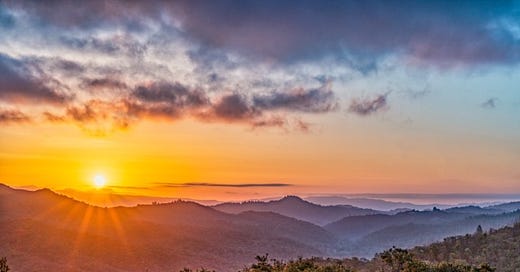

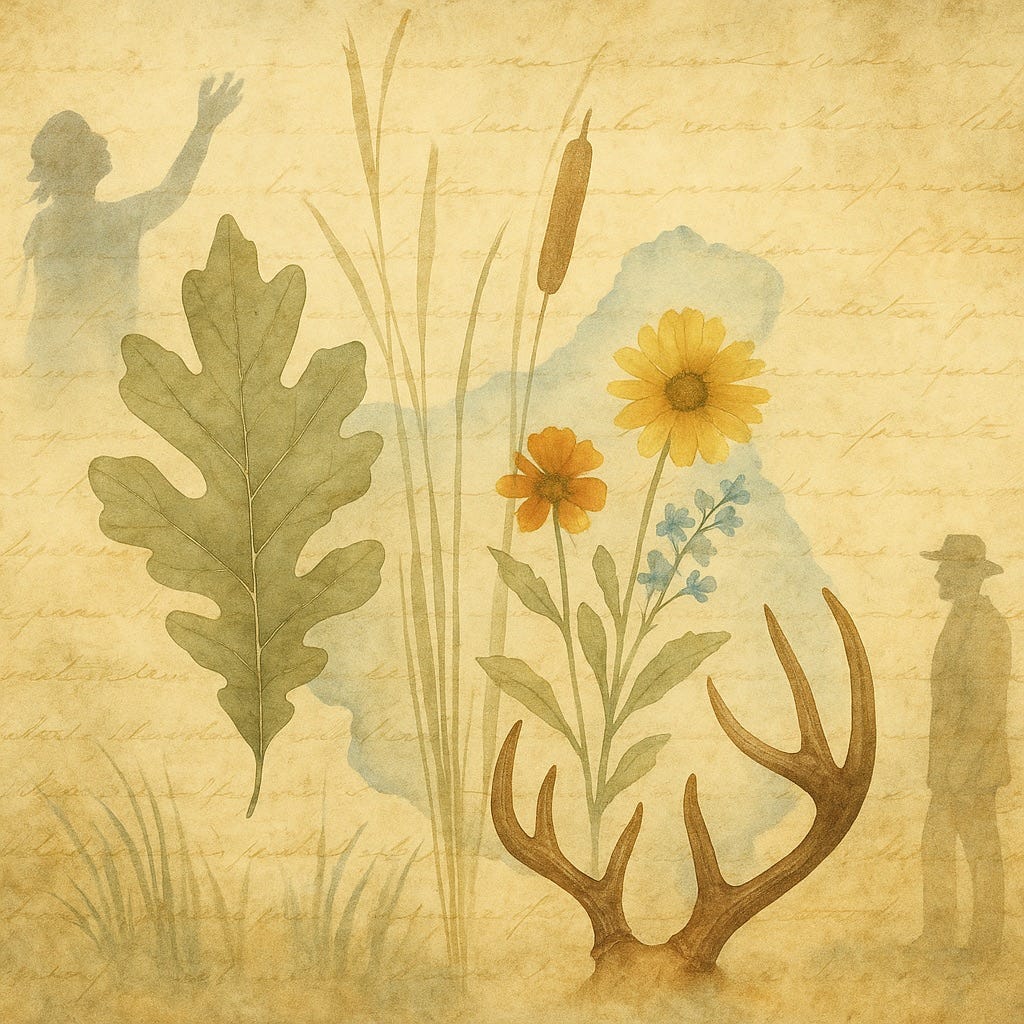


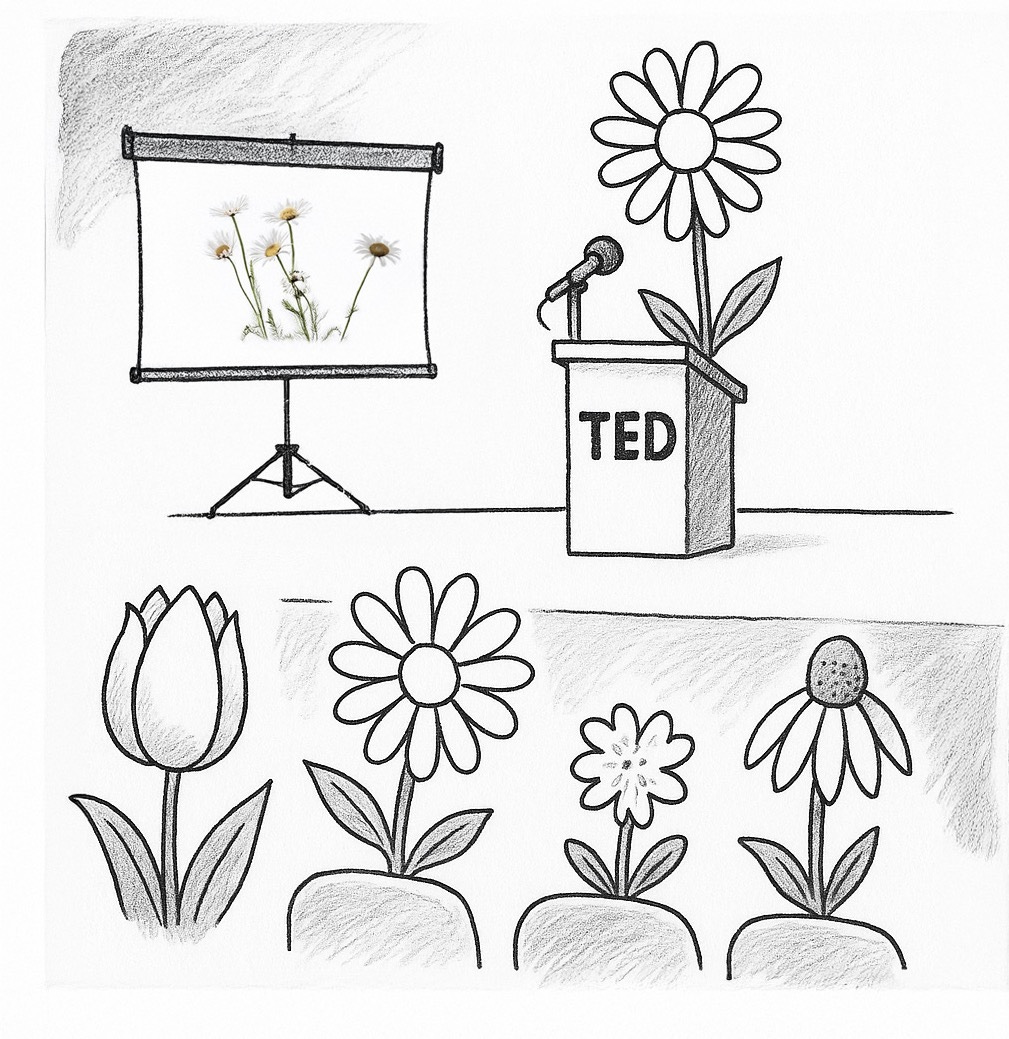



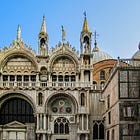




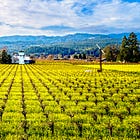
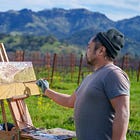
Thank you for the maps showing where the Indigenous People settled and their history told through their oral traditions. Fascinating.